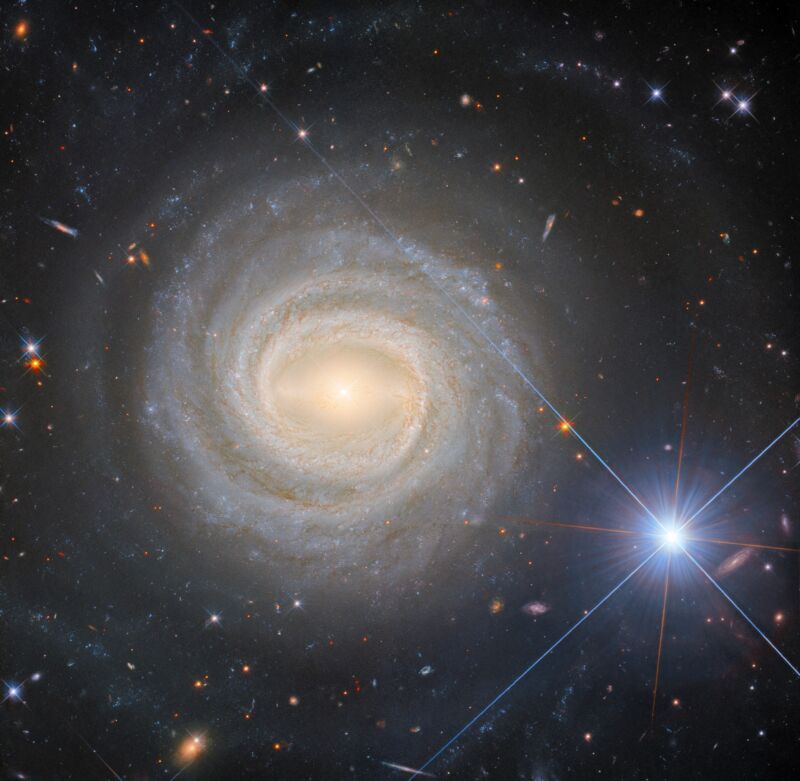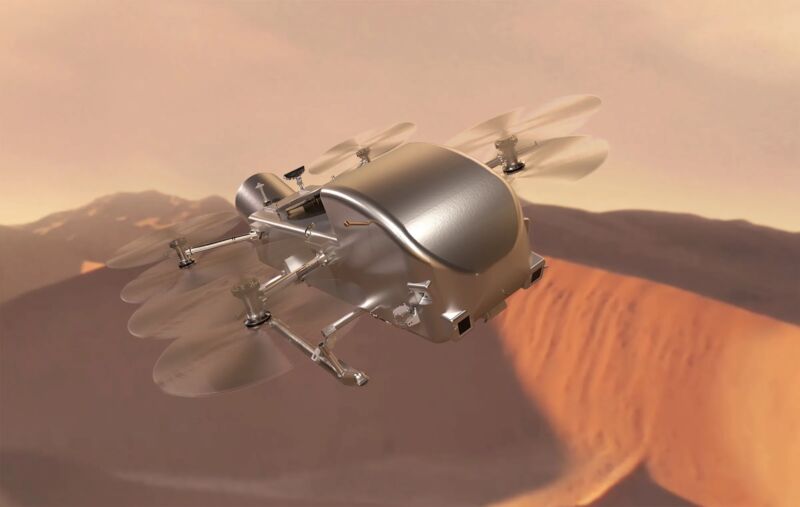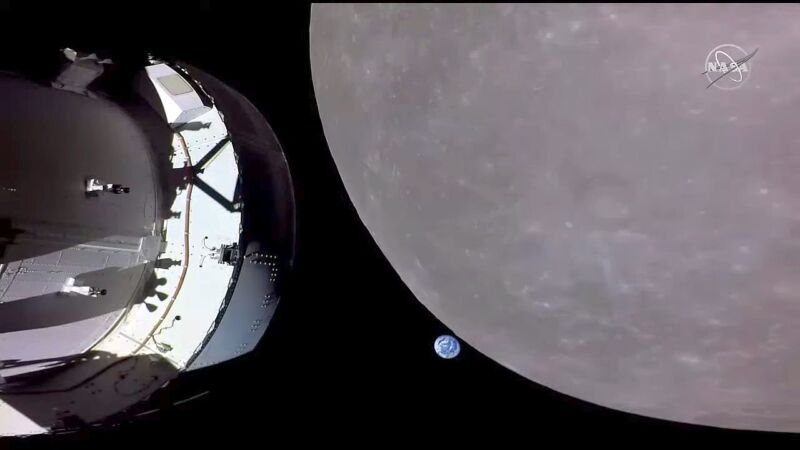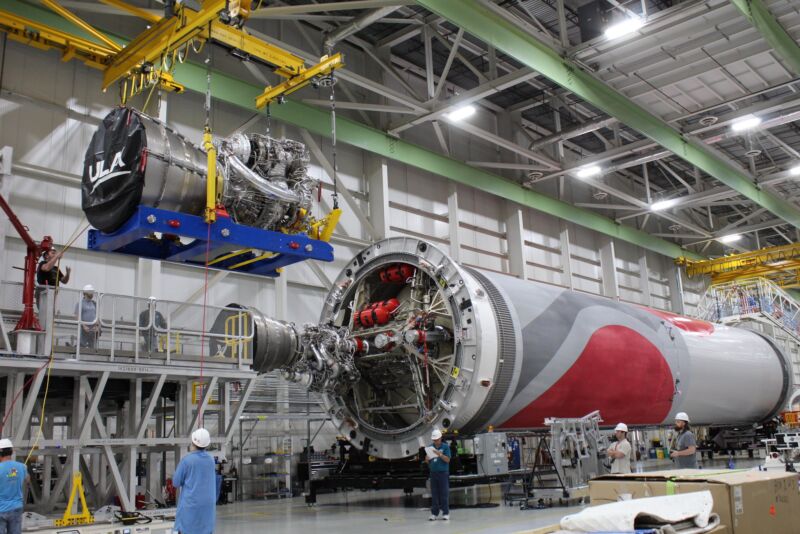Longtime Slashdot reader garyisabusyguy shares a report from The Debrief: Dr. Charles Buhler, a NASA engineer and the co-founder of Exodus Propulsion Technologies, has revealed that his company's propellantless propulsion drive, which appears to defy the known laws of physics, has produced enough thrust to counteract Earth's gravity. "The most important message to convey to the public is that a major discovery occurred," Buhler told The Debrief. "This discovery of a New Force is fundamental in that electric fields alone can generate a sustainable force onto an object and allow center-of-mass translation of said object without expelling mass." "There are rules that include conservation of energy, but if done correctly, one can generate forces unlike anything humankind has done before," Buhler added. "It will be this force that we will use to propel objects for the next 1,000 years until the next thing comes."
To document his team's discovery as well as the process behind their work, which Dr. Buhler cautions is in no way affiliated with NASA or the U.S. Government, the outwardly amiable researcher presented his findings at a recent Alternative Propulsion Energy Conference (APEC). Filled with both highly-credentialed career engineers and propulsion hobbyists, APEC is an organization The Debrief once referred to as the World's Most Exclusive (And Strange) Anti-Gravity Club. In conjunction with that presentation, "The Discovery of Propellantless Propulsion: The Direct Conversion of Electrical Energy into Physical Thrust," Dr. Buhler also sat down with APEC co-founder and moderator Tim Ventura to explain how his past in electrostatics, which is his primary area of expertise, ended up being a key component of his discovery of this new force. [...]
Up next, Buhler says his team is seeking funding to test their devices in space to better understand the force at work. "We're hoping to do some demos," said Buhler. "Some space demos. That's what we're trying to get some funding to do. I think that would be a great way to show off the technology." Besides proving once and for all that the force they are seeing is real, the accomplished engineer believes that such tests could encourage other scientists to search for an explanation of what exactly it is they are seeing. "I think it's a good opportunity for people to run these tests, look at them, watch them go in space, watch it move in space, and then say, "what does it imply? What are the implications?'" Until that time, Buhler says he believes his work proves that the force they are seeing is "fundamental" and that understanding it is the next logical step. "You can't deny this," he told Ventura. "There's not a lot to this. You're just charging up Teflon, copper tape, and foam, and you have this thrust."
So, while his team believes their experiments speak for themselves, the veteran scientist says he also believes it is the job of science to analyze and understand this discovery. If successful, he thinks it may even address some of the harder questions in science, including the nature of dark energy or even space/time itself. "It's easy to make these things," he said, "so it's a tool for the scientific community to use to try to explore those hard questions." If there are companies or individuals interested in working with Exodus Propulsion Technologies, Buhler asks that they reach out via their LinkedIn page.


Read more of this story at Slashdot.
NASA Veteran Behind Propellantless Propulsion Drive Announces Major Discovery
 chevron_right
chevron_right






